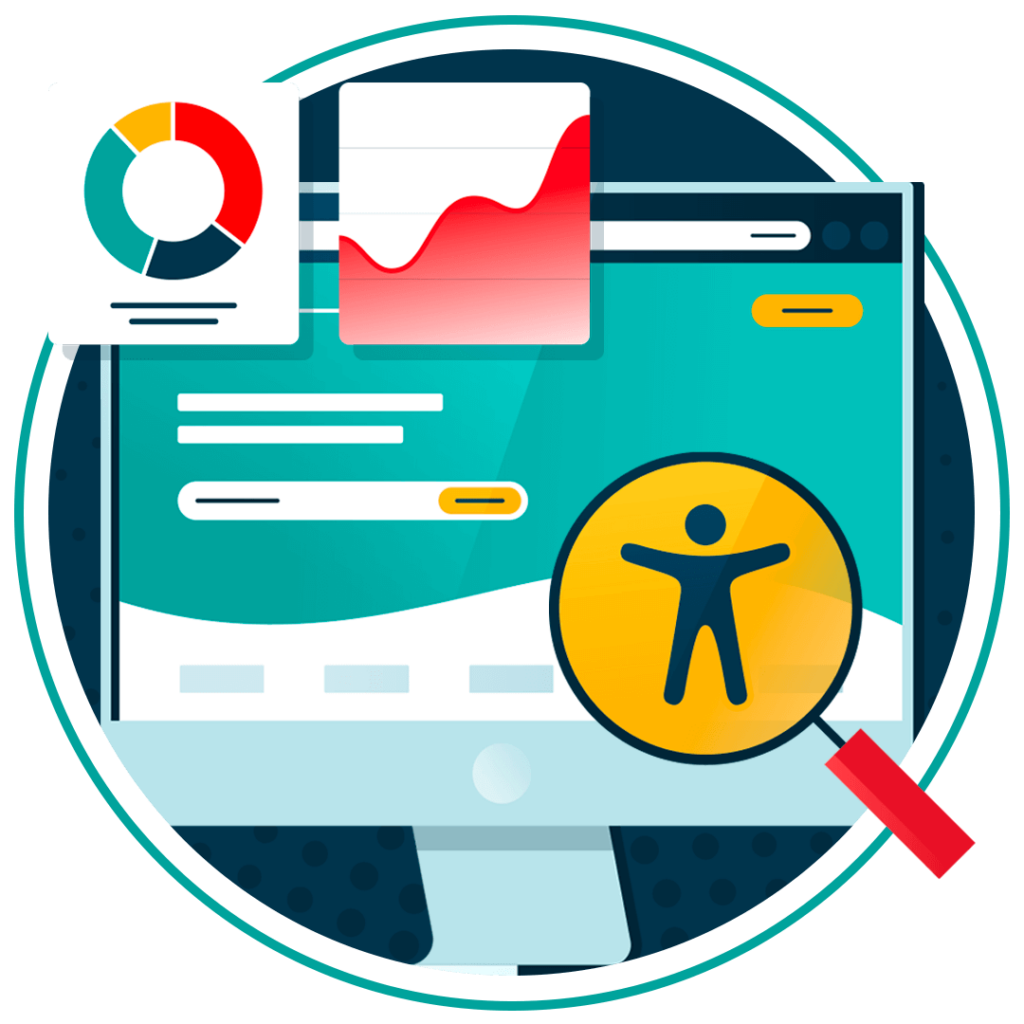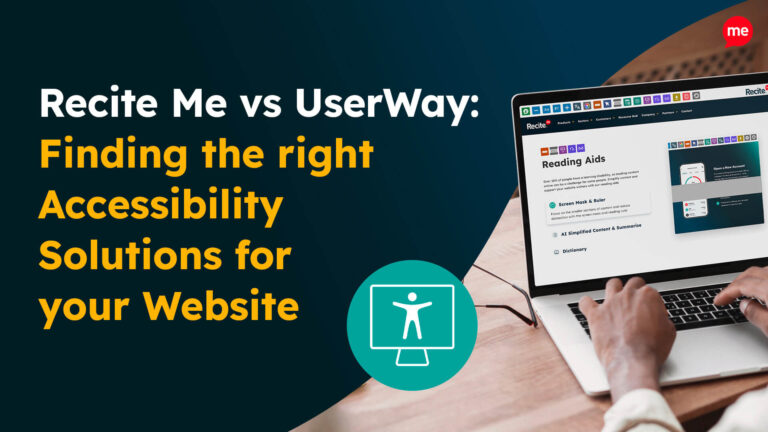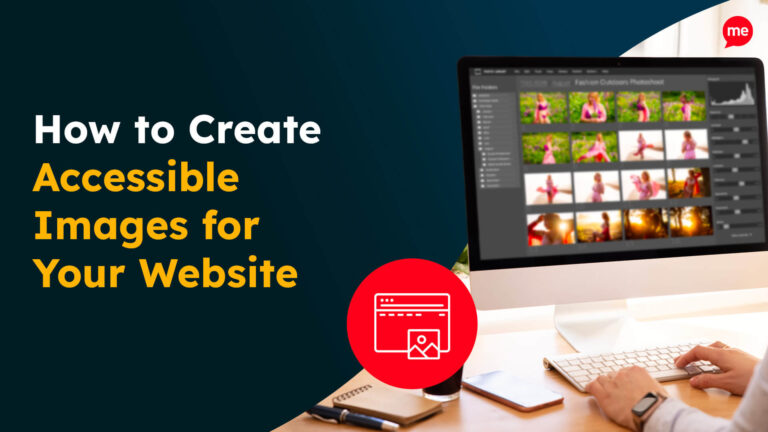Free Accessibility Training for Web Developers
Download nowIn today’s digital landscape, accessibility is more than a checkbox it’s a legal obligation, a UX essential, and a marker of technical excellence.
Governments are tightening regulations. Users are expecting better experiences. And more often than not, the responsibility lands with developers and digital teams.
“Accessibility is everyone’s responsibility — but developers are the ones who ship the code.”
What the Law Requires: Global Accessibility Regulations
| 🌍 Region | 📜 Key Law | 👨💻 Impacts Developers |
| USA | ADA Title III, Section 508 | Public websites and apps face increasing lawsuits over inaccessible forms, navigation, and content. |
| UK | Equality Act 2010, PSBAR | WCAG 2.1 AA compliance is expected across public websites and strongly encouraged for all. |
| EU | European Accessibility Act | By 2025, businesses must make digital content accessible — covering websites, mobile apps, and e-commerce. |
| Global | WCAG 2.2 | The gold standard is referenced in lawsuits and legislation around the world. |
Many regions treat WCAG 2.2 AA as the legal baseline even if not directly named in the law.
Why Accessibility Starts With You — The Developer
You Own the Code
HTML structure, ARIA roles, keyboard navigation, and visual contrast — the building blocks of accessibility — all live in your codebase.
WebAIM’s 2023 scan of the top 1 million homepages found 95.9% had accessibility failures — mostly caused by markup and structural issues.
You Shape the User Experience
From missing form labels to broken focus states, inaccessible code makes websites unusable — not just noncompliant.
69% of users with disabilities abandon websites when they hit a barrier (Pew Research).

You Can Prevent Legal Fallout
Domino’s, Nike, Beyoncé’s Parkwood, Netflix — all have faced accessibility lawsuits. Forms that can’t be submitted. Menus that can’t be tabbed. Captions that don’t exist.
Over 4,600 lawsuits were filed in the US last year for inaccessible websites and apps.
And it’s not just about lawsuits — it’s about building experiences that are usable by everyone.
What Is WCAG 2.2 — and What’s New for Devs?
The Web Content Accessibility Guidelines (WCAG) define what an accessible website must do — and version 2.2 expands on 2.1 with a sharper focus on usability and cognitive accessibility.
Key WCAG 2.2 Criteria Developers Should Know:
| New Guideline | Why It Matters |
| 2.4.11 Focus Not Obscured | Users must be able to clearly see where focus is (outline must not be hidden). |
| 2.5.7 Dragging Movements | Any drag-and-drop interaction must have a simple, keyboard-friendly alternative. |
| 3.2.6 Consistent Help | Help options (e.g., contact, chat) must appear consistently across pages. |
WCAG applies to websites, web apps, PDFs, and even embedded tools and third-party content.
How to Check Your Site for Accessibility Issues
Developer-Friendly Tools to Get Started:
- Recite Me Accessibility Checker – Scan, fix, and manage accessibility from a dev-friendly dashboard.
- Lighthouse – Built into Chrome, good for quick insights.
- NVDA, JAWS, or VoiceOver – Test real screen reader experiences.
Developer To-Do List: How to Build Accessibly
✅ Support Full Keyboard Navigation
- Tab through every element
- No focus traps
- Use :focus-visible to show clear outlines
✅ Add a “Skip to Content” Link
- Link to the main content area
- Make it visible on keyboard focus
- Include in every page template
✅ Use Semantic HTML
- Use <button>, <label>, <nav>, <main> appropriately
- Never rely on div or span for interactive elements
✅ Check Contrast and Text Scaling
- 4.5:1 contrast minimum for normal text
- Use relative font sizes (rem, em)
- Avoid tiny text or placeholder-only fields
✅ Label All Inputs
- Use visible <label for=””> connections
- Validate error messages for screen readers
- Use fieldsets and legends for grouped inputs
How Recite Me Helps Developers Build and Ship Accessibly
The Recite Me Accessibility Checker is designed to work the way you do in dev, sprint, and production workflows.
🚀 3 Steps to Better Compliance:
🔍 Scan
- Full-site WCAG 2.2 scans
- Tests PDFs, images, forms, and links
- Live Chrome extension
⚙️ Fix
- AI-powered quick fixes for contrast, alt text, ARIA
- Dev-ready code suggestions
- In-platform editing for content teams
📈 Manage
- Severity-based dashboards
- Task management integration (Jira, Trello)
- Generate reports to show progress
You Don’t Have to Be an Expert — Just Start
Accessibility isn’t just about lawsuits or laws. It’s about building usable, inclusive digital products — and the people with the most power to fix accessibility? Developers.
With the right knowledge and tools, you’re not just checking a box — you’re building a better web.



